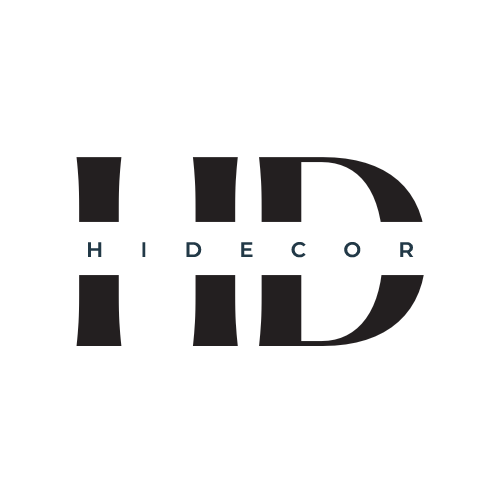Exploring the Hottest Office Design Trends of 2018
In today’s world, it’s important to have an office space that functions according to your businesses needs and enhances the performance of those who work within its walls. This is why the design of your office is so important and why design trends are constantly changing and adapting to the demands of businesses. It directly impacts our ability to work and be at our most productive, attentive, and creative every day that we step foot in our workplace.
Design plays a huge role in our lives. The goal of today’s designers, architects, and contractors is to go beyond creating buildings that are sustainable and energy efficient, and to work with the occupants to design spaces that help make them more efficient, productive, and inspired. With well-being firmly in place as a design staple, new movements have emerged from the trends of yesterday that are being implemented in offices around the world, making people happier, healthier, and more excited than ever to walk into work each day.
This evolving landscape of the workplace requires innovative thinking. Staying ahead of the curve is just as important in attracting top talent as it is keeping your existing workforce and working with thousands of major employers throughout the country, our design consultants see first hand what trends are emerging and have staying power. After an analysis of our elite designers covering large, small, and emerging markets throughout the US and Canada, Ambius has identified four groupings of macro and micro trends that are driving business designs today. As businesses begin to look at what their plans are for 2018, these dynamic trends offer different.
Macro Trends
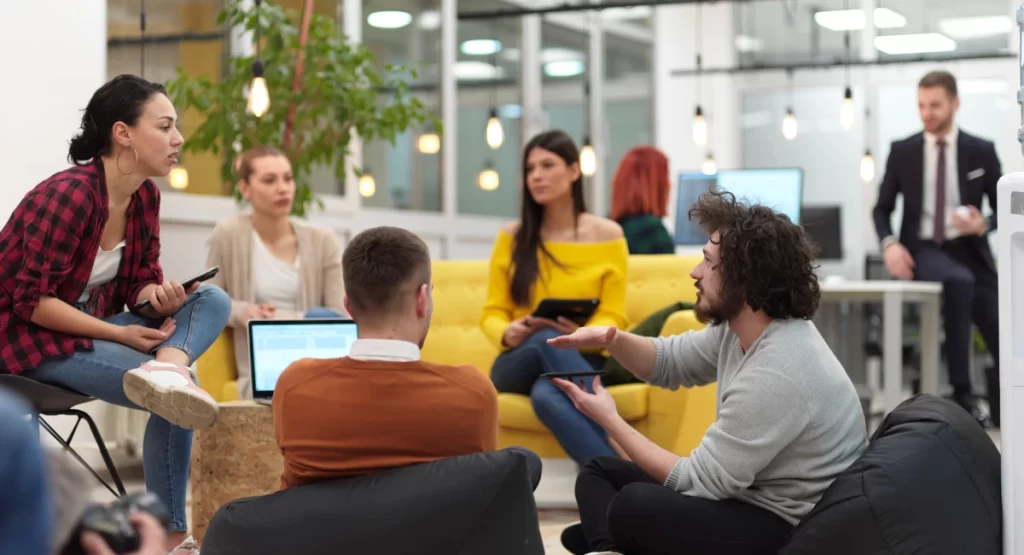
Unconventional Work Areas:

Dynamic Spaces:

Biophilically Designed:

Homestyle Comfort Design:
- Restaurants
- Food trucks
- Bars
- Beer fridges
- Fireplaces
- Showers
- Game rooms
- and more
Ambius designers see firsthand how interactive design and employee comfortability can transform the workplace and the Homestyle trend embodies these characteristics. It stems from the growing millennial population in the workforce and the Millennials’ favoritism towards comfort, the unconventional, and hands-on involvement. Couple this with a growing awareness of the importance of environmental physical design, and you end up with new and exciting designs like Homestyle Comfort.
Micro Trends

Green Dividers > Cubicle Walls:
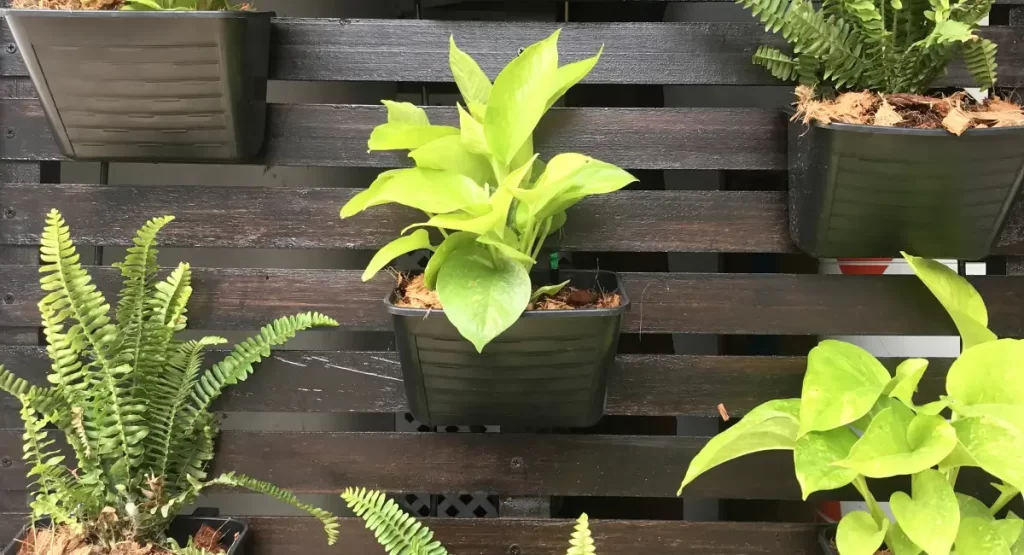
Green Without the Wall:
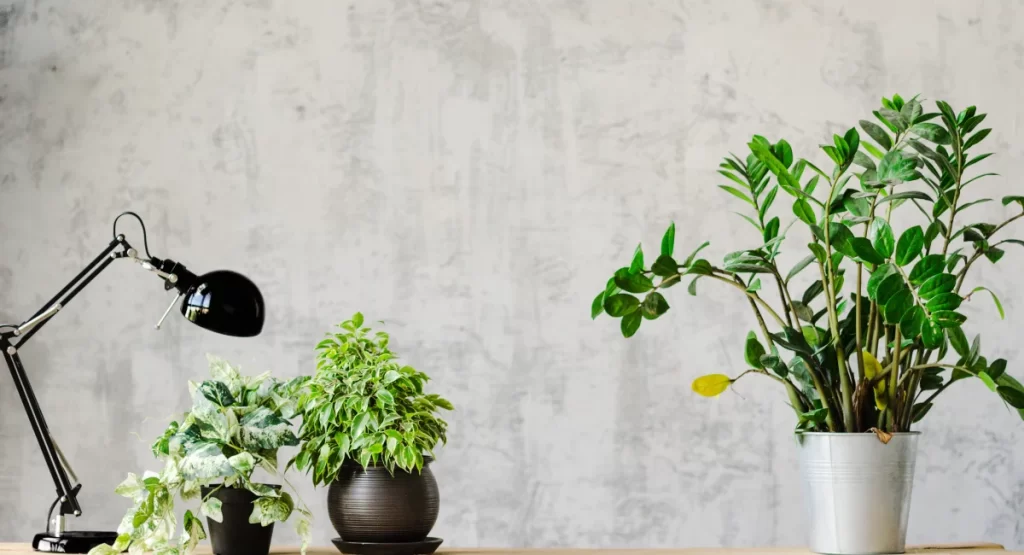
Cement Everything:
Cement has made such a massive comeback in recent years that even unexpected items such as chairs, clocks, lights, and stoves are being made of the material. Its immense popularity stems from its simple, minimalist aesthetic, clean and smooth lines, it’s well-documented toughness, and it’s surprising versatility which allows it to be used in or alongside many designs.
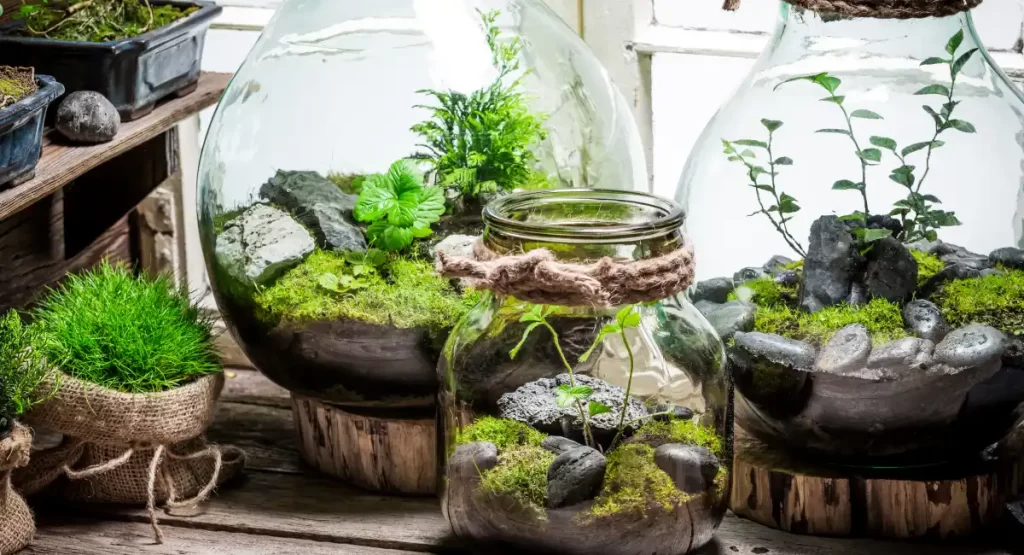
Introducing Terrariums:
If you enjoyed this article and want to learn more about the influences of design, you’ll love The New Natural Habitat: How Biophilia and WELL are Changing the Way We Work.
*This article was written in collaboration with Ambius designer, Laura Burns-Lambert
Ambius designers are experts in enhancing the office space of businesses just like yours. Contact us to speak to one of our specialists and get the ball rolling for improving your space today.
